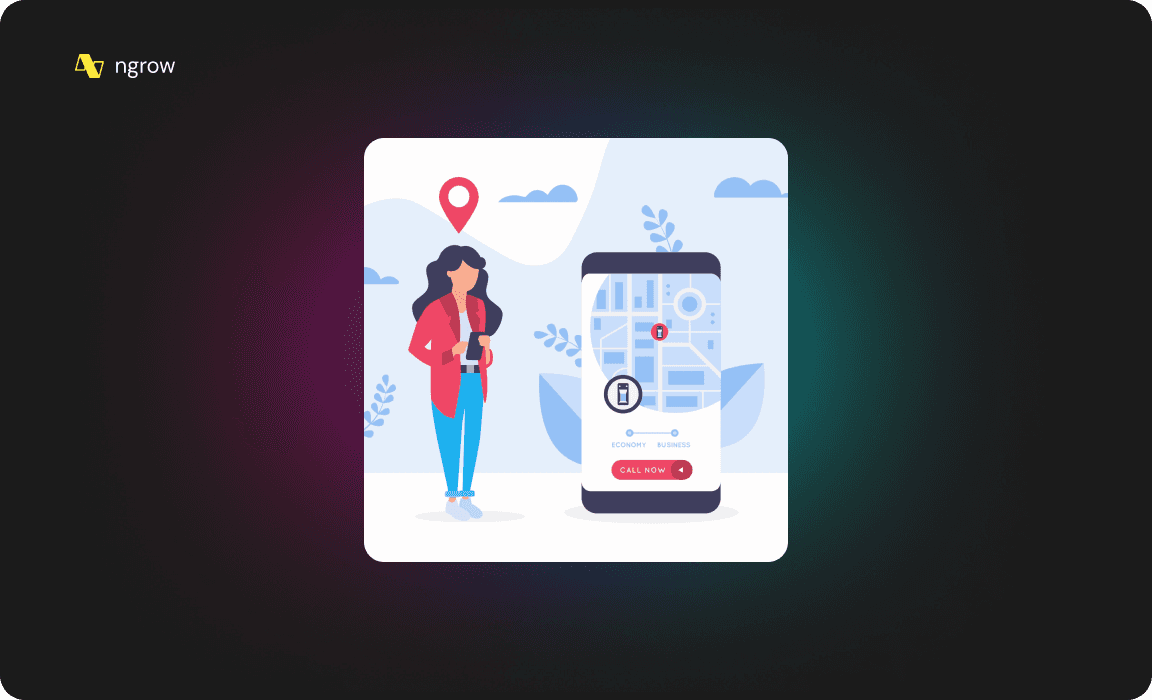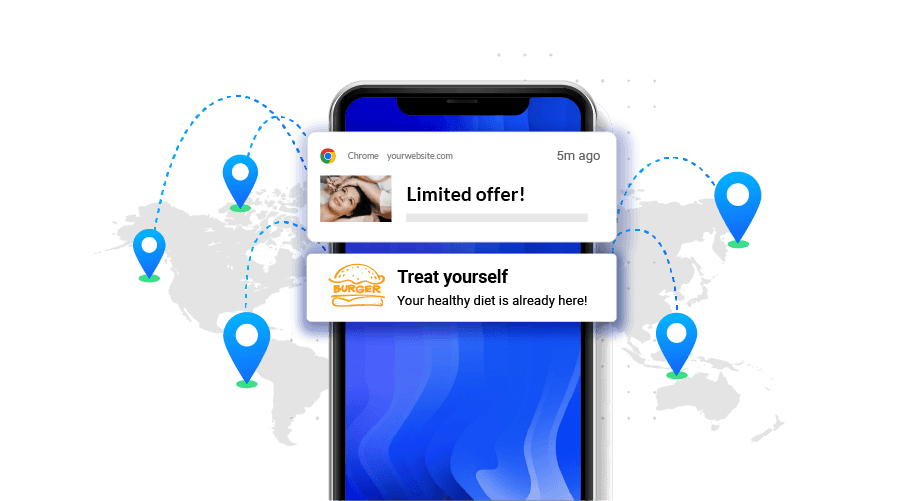2
min to read
Apr 18, 2024

In today's interconnected world, businesses are expanding their reach beyond local boundaries and catering to global audiences. As companies venture into new markets, the need to effectively communicate with diverse user bases becomes increasingly crucial. One key aspect of this global outreach is the localization of push notifications, which can significantly impact user engagement and retention.
The Importance of Localization
Localization goes beyond mere translation; it involves adapting content, messaging, and user experiences to align with the cultural, linguistic, and contextual preferences of local markets. When it comes to push notifications, localization ensures that the content resonates with users, enhancing their overall experience and increasing the likelihood of engagement.
Benefits of Localizing Push Notifications
Improved User Engagement: Localized push notifications that speak to users' cultural and linguistic preferences are more likely to capture their attention and encourage interaction.
Enhanced User Experience: A tailored push notification experience that caters to local needs and preferences creates a more seamless and enjoyable user experience, leading to higher satisfaction and retention rates.
Increased Conversions: Personalized and localized push notifications can drive users to take desired actions, such as making a purchase or signing up for a service, ultimately boosting conversions.
Stronger Brand Loyalty: By demonstrating a deep understanding of local markets and delivering relevant and meaningful push notifications, businesses can foster stronger brand loyalty and trust among their global audience.
Strategies for Localizing Push Notifications
Language Localization: Translate push notification content into the local language, ensuring that the messaging is clear, natural, and culturally appropriate.
Tone and Style Adaptation: Adjust the tone, style, and voice of push notifications to align with local cultural norms and preferences, creating a more authentic and relatable experience.
Contextual Relevance: Tailor the content and timing of push notifications to reflect local events, holidays, or seasonal trends, making them more relevant and engaging for users.
Localized Imagery and Visuals: Use images, icons, and visuals that resonate with the local audience, avoiding cultural insensitivities or misunderstandings.
Compliance and Regulations: Ensure that push notification content and delivery methods adhere to local laws, regulations, and industry standards, such as data privacy and consent requirements.
A/B Testing: Experiment with different localized versions of push notifications to identify the most effective approach for each market, and continuously optimize based on user engagement and feedback.
Case Studies

1. Uber
Uber, the global ride-hailing service, has successfully localized its push notification strategy to cater to diverse markets. In India, for example, Uber's push notifications feature local language support, contextual references, and culturally relevant visuals to engage users effectively.
2. Duolingo
Duolingo, the language learning app, has a strong focus on localization, including the delivery of push notifications. By tailoring the content, tone, and timing of push notifications to specific markets, Duolingo has been able to drive user engagement and retention across its global user base.
Challenges and Considerations
Language and Cultural Nuances: Accurately translating and adapting push notification content to capture the nuances of different languages and cultural contexts can be a complex and time-consuming process.
Regulatory Compliance: Businesses must ensure that their push notification practices adhere to local laws and regulations, such as data privacy and consent requirements, which can vary significantly across different markets.
Scalability and Efficiency: As businesses expand globally, managing and maintaining localized push notification strategies across multiple markets can become increasingly challenging, requiring efficient processes and tools.
User Preferences and Behavior: Understanding the unique preferences and behaviors of users in different markets is crucial for delivering effective and engaging push notifications. This may require extensive market research and data analysis.
Conclusion
Localizing push notifications for global audiences is a strategic imperative for businesses seeking to engage and retain users across diverse markets. By adapting content, messaging, and user experiences to align with local preferences and cultural norms, businesses can create more meaningful and impactful push notification experiences that drive user engagement, loyalty, and conversions. By addressing the challenges and considerations associated with localization, businesses can unlock the full potential of push notifications as a powerful tool for global expansion and success.



